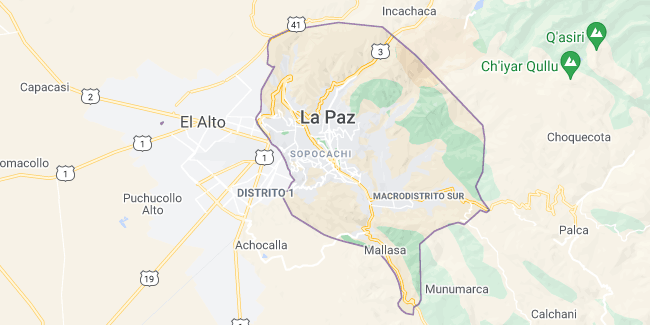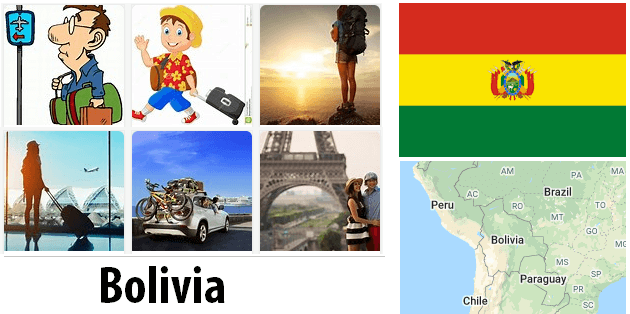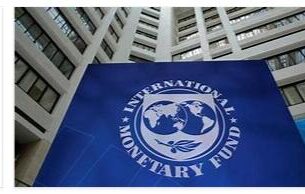According to ehistorylib, in 2005, Bolivia had a population of 9 million people, with the majority of the population being mixed-race or mestizo (59.7%), followed by indigenous (30.8%), white (5.6%) and Afro-Bolivian (2.9%). The economy of Bolivia was largely based on natural resources such as gas, oil, zinc and silver. The country was one of the poorest in Latin America and its economy depended heavily on remittances from Bolivians living abroad. Bolivia’s foreign relations were mainly focused on South America where it had close ties with its neighbours such as Brazil, Argentina and Chile. With regards to politics in 2005, Bolivia saw a shift towards more progressive policies with the election of President Evo Morales in December that year. He represented the Movement Toward Socialism party which advocated for greater equality in society and more control over natural resources by indigenous communities. His election marked a new era for Bolivia that would see it become a leader in progressive politics within Latin America in the years to come.
Yearbook 2005
Bolivia. According to countryaah, Sucre is the capital and one of the major cities within the country of Bolivia. Evo Morales, the 46-year-old leader of Bolivia’s coca farmers and leader of the left-wing Movimiento al Socialismo (MAS), gained his own majority in the December 18 presidential election, becoming Bolivia’s first Indian in the presidential office. Evo Morales’ main rival, former President Jorge Quiroga (2001–02), who represented Bolivia’s corporate interests and gained about 34%, congratulated Morales early on for his victory. Quiroga has campaigned for a radical reduction in Bolivia’s coca production and a liberalized market economy, a message that has been the exact opposite of Morales.
- Also see abbreviationfinder.org for how the acronym BO stands for the country of Bolivia and other meanings of this two-letter abbreviation.
During the year, however, fears were expressed as to how Morale’s presidency would come to fruition, among other things. in light of how the debate on mineral extraction legislation developed and intensified. The controversy still concerns the rights to oil and natural gas revenues, and, predictably, the compromise proposal put forward by President Carlos Mesa neither by the right, which advocates low taxation, nor by the left, which advocates full nationalization of the sector. Mesa was eventually so pressured that he resigned on June 9 after extensive protests and was temporarily replaced by Supreme Court President Eduardo Rodríguez Veltzé. At the same time, the representatives of the “Crescent” region (the eastern provinces of Santa Cruz, Tarija, Beni and Pando), where the oil and natural gas deposits are located, warned that they might proclaim themselves an independent state if Morales and the Left’s programs are implemented. At the same time, the military threatened with intervention if the “crescent moon” would make its threat to Bolivia’s territorial unit a reality.
1978-82 Military junta
In the period 1978-80, a series of military coups and presidential elections were conducted. Among the daytime flight presidents are: Juan Pereda Asbún, David Padilla Arancibia and Alberto Natusch Busch who all came to power at the coup d’état, and Dr. Walter Guevara Arce as well as Sra. Lydia Gueiler who came to power by choice. In the June 1980 election, Unión defeated Democrática y Popular (UDP), which was a center-left coalition whose candidate, however, Hernán Siles Zuazo was prevented from taking over the presidential post when General Luis García Meza conducted a new military coup. Subsequently, according to Amnesty International, thousands of Bolivians were tortured and killed. Among other things. People’s leaders Marcelo Quiroga Santa Cruz, Carlos Flores Bedregal and miner’s manager Gualberto Vega were killed at COB’s headquarters.
In 1982, internal contradictions in army leadership, the regime’s international isolation due to its involvement in the drug trade and a fierce resistance led by the COB led to the decline of the military dictatorship. In September, the military leadership convened the congress elected in 1980, and on October 10, Hernán Siles Zuazo was able to take over the presidency after 18 years of dictatorship. A new constitutional era – which continues to hold – was initiated.
1982-93 Democracy. From populism to neoliberalism
Siles Zuazo implemented a populist nationalist policy. The management of the state mines was handed over to the union. He further stated that the foreign debt would not be paid. Through the demonstrations, the labor movement, the peasants and the other popular movements put pressure on the government, and various laws opened up access to participation in corporate economic management. In addition, people’s committees were established to ensure food supply, health care and education. Corporación Agropecuaria Campesina (CORACA) partially took control of the markets and collective stations for agricultural machinery and field equipment were set up. The banks and the international financial institutions – such as the IMF and the World Bank- responded by boycotting international credits and trade. It triggered a financial crisis and uncontrolled hyperinflation. The average monthly salary reached US $ 13.
After intense pressure from all social sectors, the government cut short its term of office. In July 1985, elections were held, and when no candidate got more than 50% of the vote, Congress elected Víctor Paz Estenssoro of the MRC for president, despite the fact that General Hugo Bánzer of ADN had the most votes. The Paz Estenssoro government implemented a neoliberal structural adjustment program, removed subsidies, shut down state-owned enterprises, removed price controls and allowed the dollar to flow. The closure and partial leasing of the mines sent thousands of miners on the streets, at the same time as productive investments had stalled. Through mass fires and a drastic reduction in wages, four-digit inflation was reduced.
In the 1989 election, the MIR led by Jaime Paz Zamora emerged as a new political force with 19% of the vote – twice the previous result. It reached third place among the parties. MNR with Gonzalo Sánchez de Lozada in the lead got 23% and Bánzers ADN got 22.6%. But the so-called “patriotic pact” between MIR and ADN paved the way for Paz Zamora to be elected president. However, the difference was not large. The new government continued the old neoliberal policy. A privatization program was started by public companies – with the exception of the most strategic ones. Still, the Supreme Court passed a law involving the privatization of 22 out of 64 state corporations for unconstitutional. Instead, the government encouraged joint ventures between the state mining company COMIBOL and private companies. The Association of Miners, FSTMB, responded with hunger strikes and threats of occupying the mines in defense of state property.




